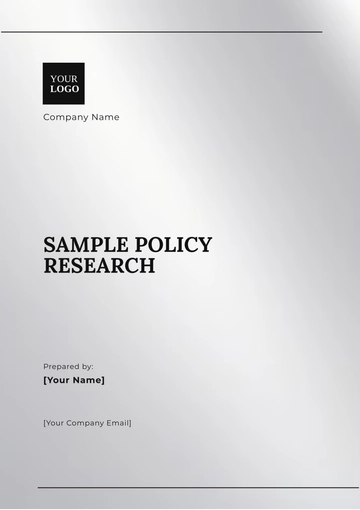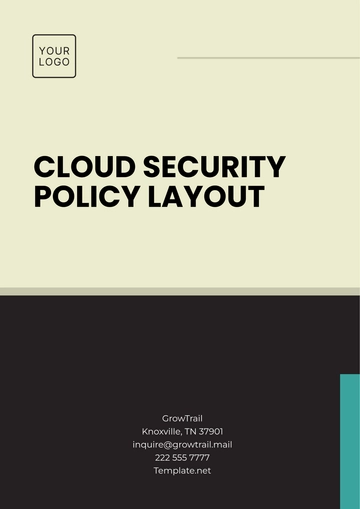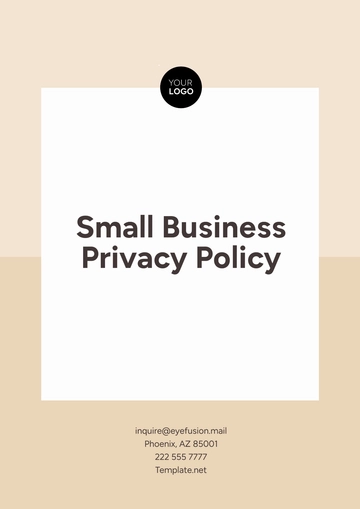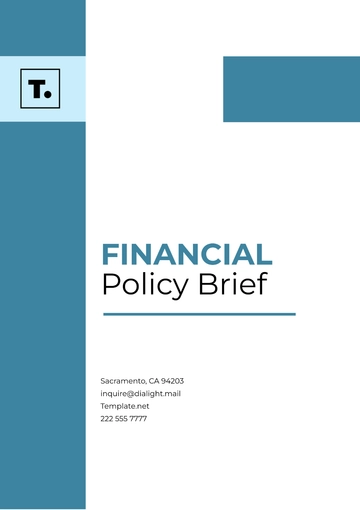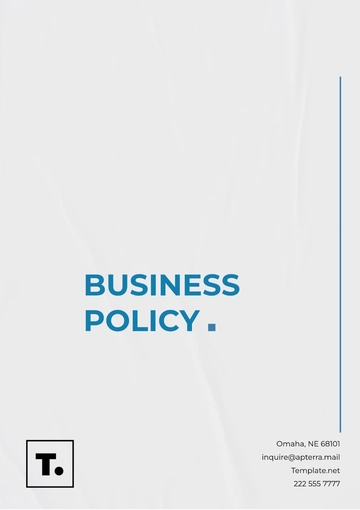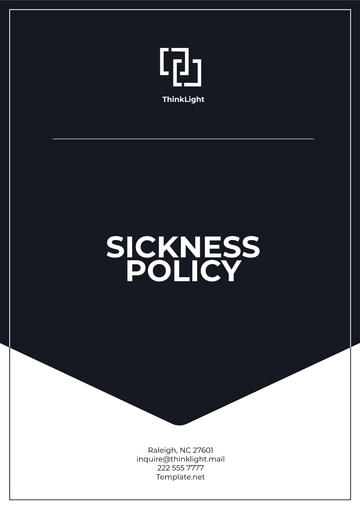Free School Policy

School Name: [Your Company Name]
Policy Title: Code of Conduct and School Operations Policy
Effective Date: January 1, 2050
Reviewed Date: January 1, 2051
Policy Number: SH-2050-01
Prepared By: [Your Name]
1. Purpose
The purpose of this policy is to establish a clear framework for behavior, attendance, and the use of school facilities, ensuring a safe, inclusive, and productive environment for all members of the [Your Company Name] community.
2. Scope
This policy applies to all students, staff, parents, guardians, and visitors participating in any activities or functions organized by the school, whether on or off campus.
3. Policy Statement
At [Your Company Name], we are dedicated to fostering respect, accountability, and excellence among our students and staff. This policy ensures that all members of the school community uphold our values and contribute to a positive educational experience.
4. Key Guidelines and Procedures
4.1 Code of Conduct
Treat all individuals with respect and dignity, free from harassment or discrimination.
Refrain from disruptive behavior during classes, events, or while on school grounds.
Adhere to the school dress code to promote professionalism and inclusivity.
4.2 Attendance Policy
Regular attendance is essential for academic success.
Students are allowed up to 10 excused absences per academic year. Additional absences require review by the administration.
Tardiness beyond 10 minutes will be considered an unexcused absence unless prior communication is made.
4.3 Academic Integrity
Students must complete their work independently unless collaboration is explicitly permitted.
Plagiarism, cheating, or falsifying academic records will result in disciplinary actions, including possible suspension.
4.4 Anti-Bullying Policy
Bullying, including verbal, physical, and cyber forms, is strictly prohibited.
Victims or witnesses are encouraged to report incidents immediately via the school's anonymous reporting system or directly to staff.
Confirmed cases will result in consequences ranging from counseling sessions to suspension, depending on the severity.
4.5 Technology Use Policy
Personal and school-provided devices must be used for educational purposes during school hours.
The use of social media or other non-educational platforms is prohibited during class time.
Breaches of this policy will result in restricted device privileges and parental notification.
5. Roles and Responsibilities
Students: Understand and adhere to this policy to maintain a respectful learning environment.
Staff: Enforce this policy fairly and consistently, guiding students as needed.
Parents/Guardians: Support their child’s adherence to school policies and communicate with staff about any concerns.
Administration: Monitor policy implementation, address violations, and review the policy annually.
6. Consequences for Policy Violations
First Offense: Verbal warning and a meeting with the school counselor.
Second Offense: Parental notification and detention.
Repeated Offenses: Suspension or expulsion, depending on the severity of the violations.
7. Reporting and Review Process
Reports of policy violations can be made via email to [Your Company Email] or in person at the administrative office.
This policy will be reviewed on January 1, 2051, and revised if necessary to address emerging challenges and feedback.
Approval
 Principal/Administrator: Dr. Alexis Carter
Principal/Administrator: Dr. Alexis Carter
Date: January 1, 2050
- 100% Customizable, free editor
- Access 1 Million+ Templates, photo’s & graphics
- Download or share as a template
- Click and replace photos, graphics, text, backgrounds
- Resize, crop, AI write & more
- Access advanced editor
Establish clear guidelines with the School Policy Template from Template.net. This editable and customizable template provides a professional framework for school policies. Adjust it in our Ai Editor Tool to align with your school’s regulations and values. Create structure—draft effective school policies now!
You may also like
- HR Policy
- Restaurant Policy
- Company Policy
- Accounting Policies and Procedures
- Website Policy
- Privacy Policy
- Safety Policy
- School Policy
- IT and Software Policy
- Law Firm Policy
- Construction Policy
- Interior Design Policy
- Travel Agency Policy
- Education Academic Policy
- Security Policy
- Real Estate Policy
- Expense Policy
- Software Policy
